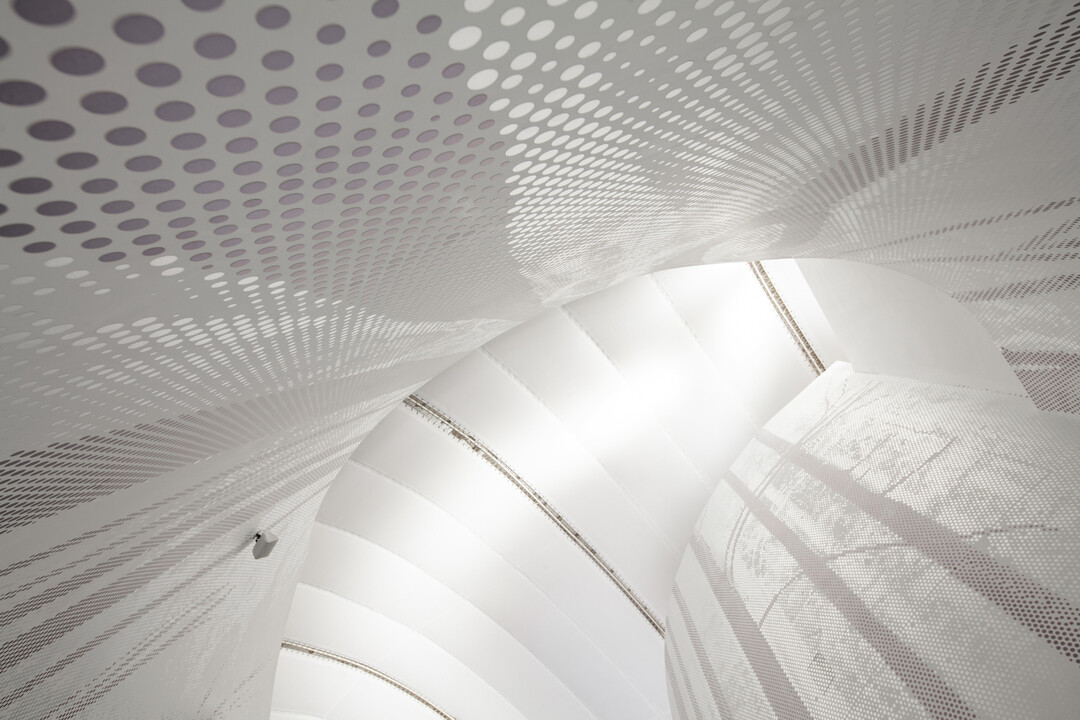
Members Only
Please join as a member and click "Members Only" to read more complete articles and exclusive content.

Please join as a member and click "Members Only" to read more complete articles and exclusive content.
「里分之於武漢,恰如胡同之於北京,是城市無法割捨的文化頁籤」是水相設計為武漢museum國際無界藝術館這座建築空間落下的起始句。武漢這座文化豐饒的城市,曾是戲曲名角雲集的「戲碼頭」,亦因為曾是漢口租界,繁榮程度僅次於上海,素有東方芝加哥之美名,隨著西方文化影響,發展出結合連排住宅與中國傳統四合院式的建築,此些兩層樓高的小洋房們,稱之為「里分」。如此獨特的城市佈局,象徵著當地風土民情,促使本案建案委託方以設計之都為目標,透過室內設計融合歷史,創造出容納多種行爲的當代空間。
「里分」是當地鄰里凝聚的特徵,水相設計由此出發,在入口一開始便創造出寬敞廊道,兩側牆面的大小量體尺度不一,像是將連排的小洋房拆解後打散,重新向上堆砌而成的垂直村落。而村落如同一個又一個有洞口的盒子,堆疊成大廳、接待區、休息區與兒童遊戲區等處,形成了一座座觀察、參與、舉行活動的平台,平台之間形成了「街」,行走其間參與不同展區,感受「獨處時自若、集合時自在」的設計理念。一樓的休息區,以多個卡座呼應舊時洋房深邃的騎樓,垂掛的燈具亦如老街燈,輝映人們在廳前串門子的景象。二樓休息區長而悠遠的門廊,亦是沿用「街」的設計手法,以開放的門框串連起半獨立式座位區,盡頭納入環境綠意,呈現自然景深。
一樓大廳是開放提供表演藝術的主舞台,目前已曾經舉辦過時尚品牌發表會及藝術展,對面二樓的架空階梯區則是觀影的座席區,讓人俯視活動的發生,賦予實質的核心意義到「museum國際無界藝術館」裡。除了表演活動,在展示區亦有莫比烏斯環螢幕、體感翻頁藝術裝置等互動設計,塑造出博物館式的體驗行為,並同時運用到兒童遊戲區的規劃,不需要刻意置入的遊具,只要單純的支柱陣列便能玩起捉迷藏,讓空間自行與小朋友產生互動,又回應了「里分」凝聚街坊鄰居的連結。
從昔日文化特徵發展而來的現代空間,容納了表演藝術、展覽裝置、人文情感等多種行為,在帶有時間感的水泥瓦與洞石牆面上,陽光化成時間,見證了文化傳承。